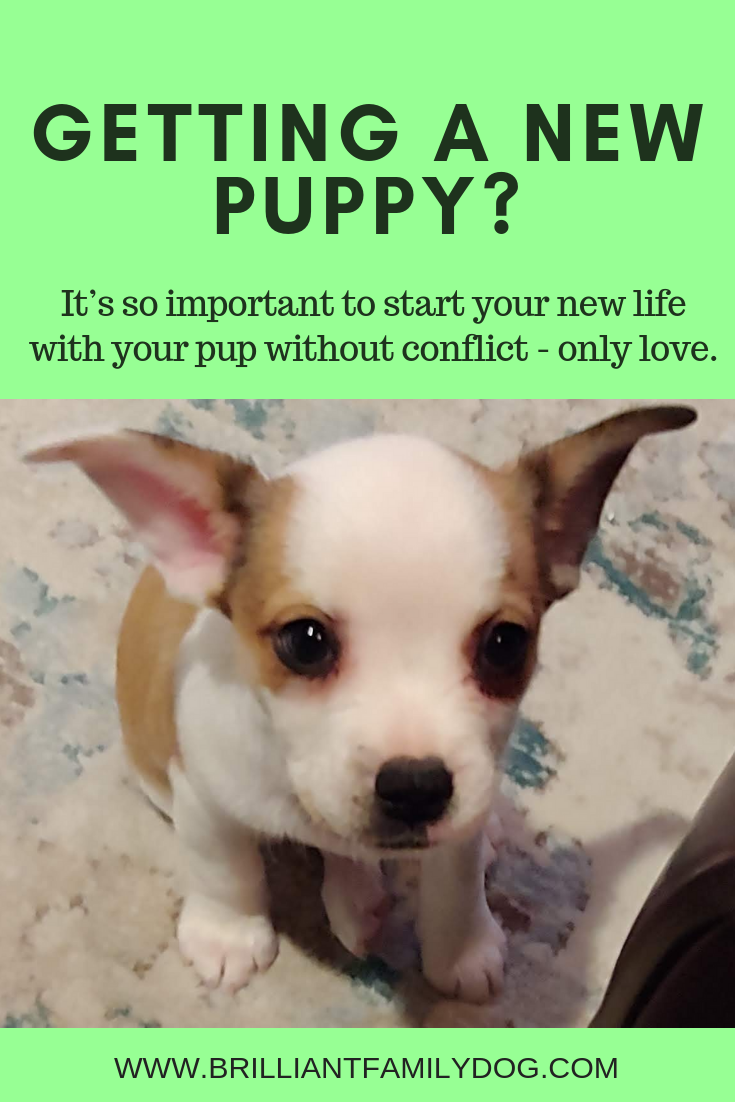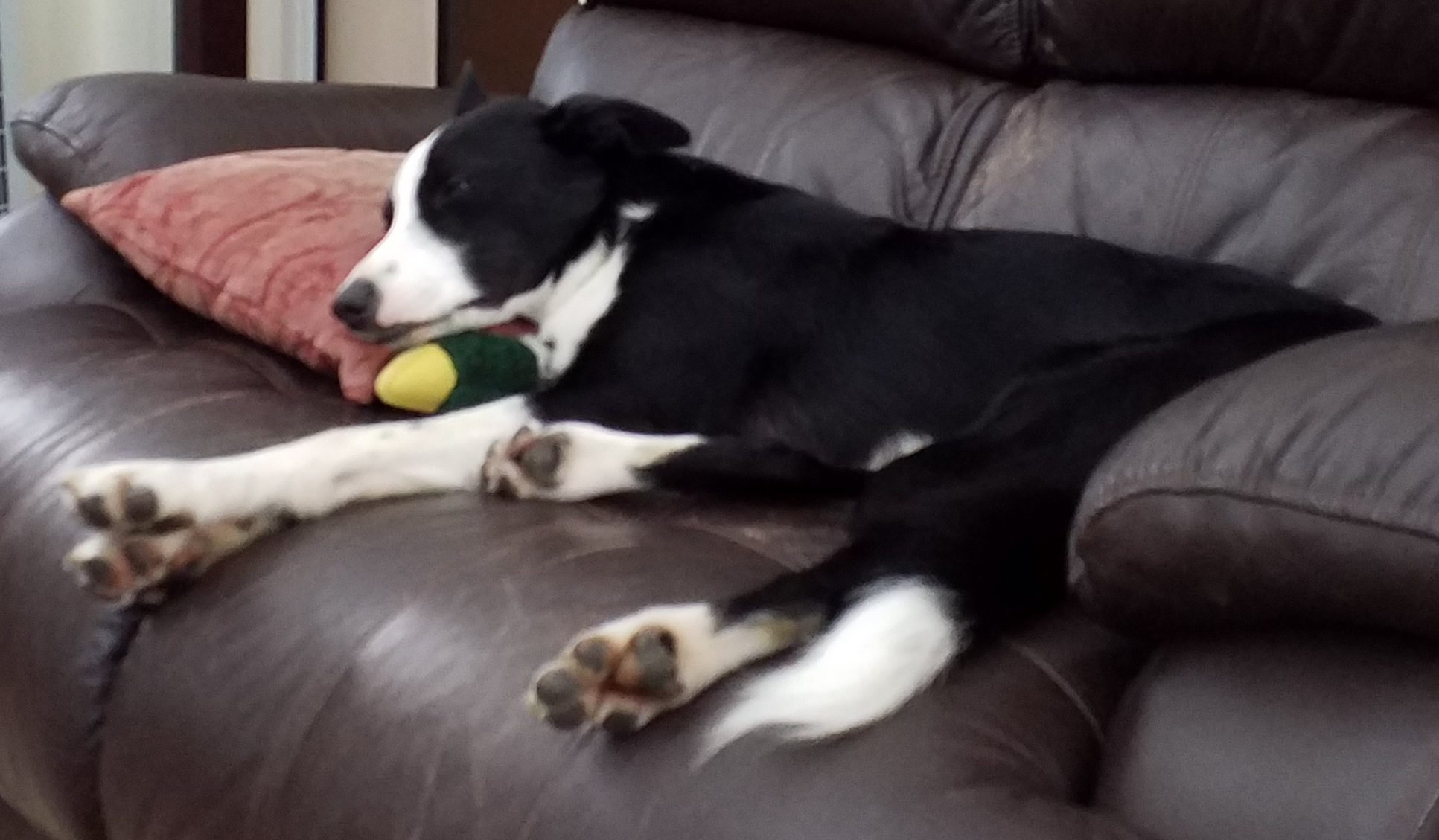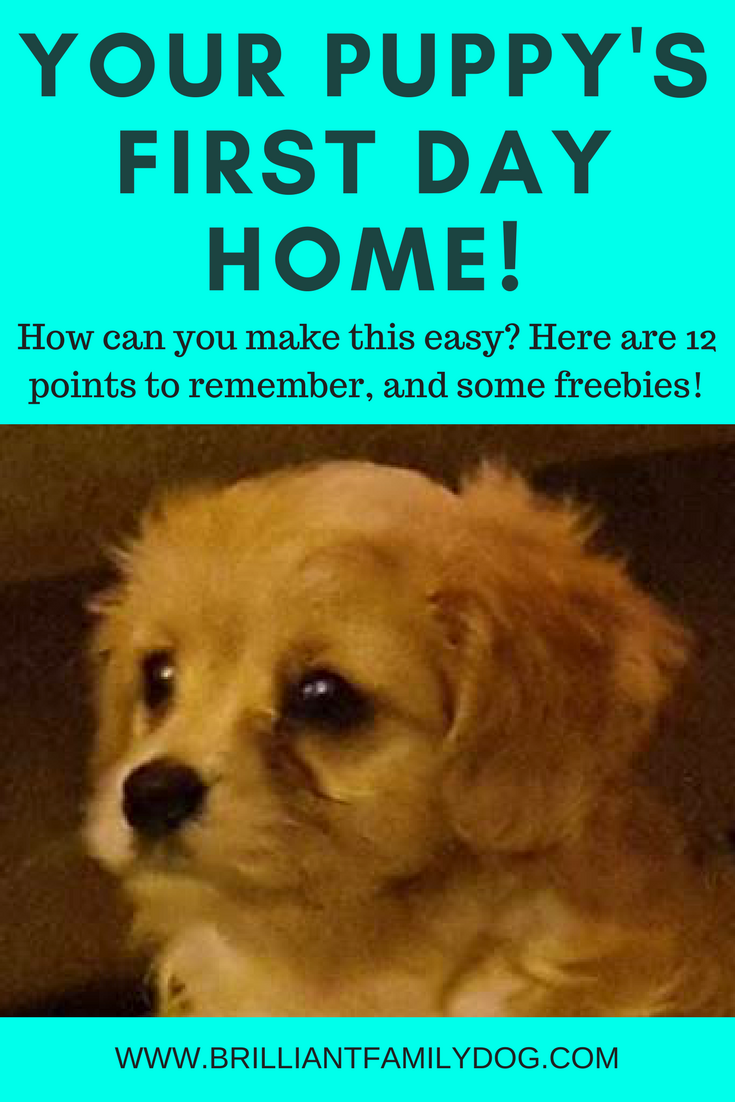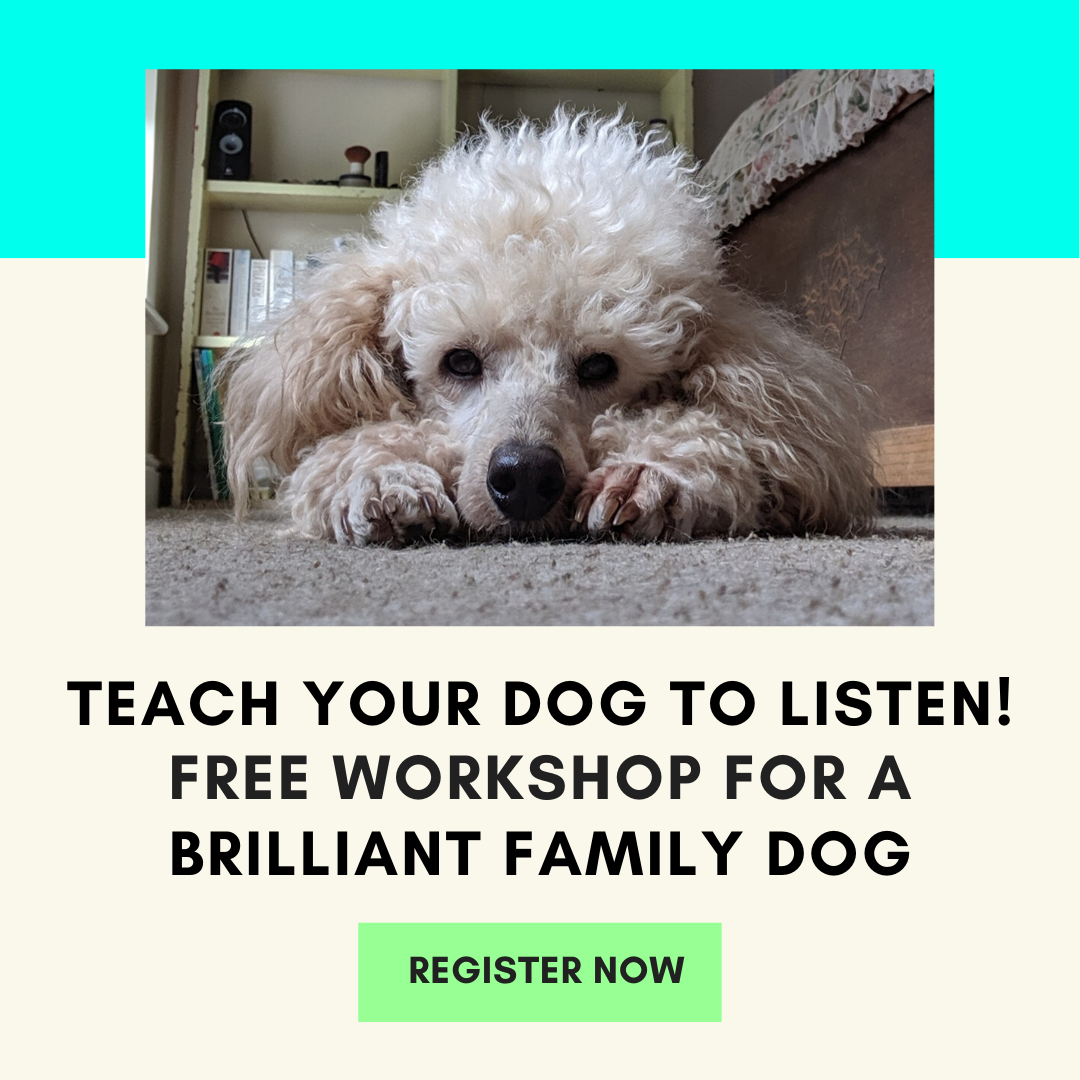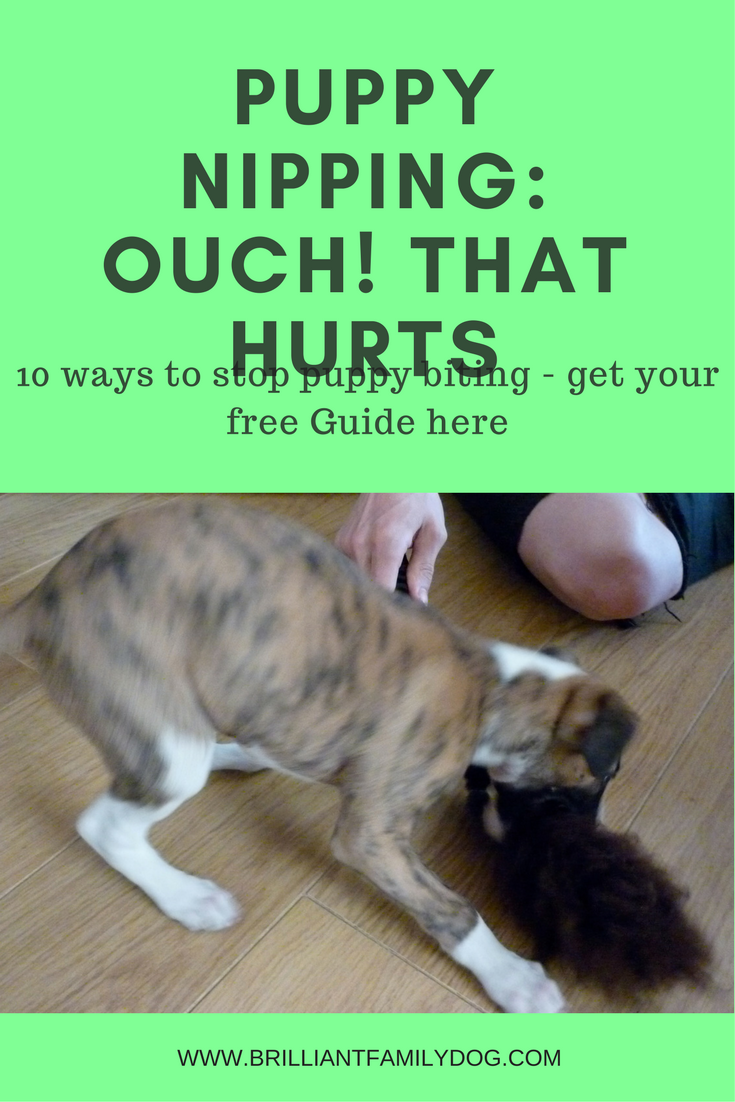Puppies are all much of a muchness - cute, exploring, shy, cuddly, quickly tired . . . They have needs, and the biggest need they have is to learn how to fit into our weird human world.
And yet people get a new puppy and think something is wrong when their puppy
Doesn’t sleep all night
Explores everything by mouth
Doesn’t know where or when to pee
Thinks the children are other puppies
And then they write to me.
Either they think they’re doing something wrong, or - more often - they think there’s something fundamentally wrong with their puppy.
THIS FREE ECOURSE IS A BONUS FOR YOU WHEN YOU SIGN UP TO RECEIVE EDUCATIONAL EMAILS AND OCCASIONAL OFFERS FROM ME. YOU CAN UNSUBSCRIBE AT ANY TIME.
Privacy Policy
And they want their dream of a cute cuddly puppy back!
There’s a high chance that if they’re struggling with one or other aspect of puppy care (it’s usually sleep, nipping, or housetraining) their puppy is behaving totally normally. But they may need to adjust their expectations and understanding of how the doggy brain works in order to restore harmony in their home!
Now I’m glad they find Brilliant Family Dog and they write to me and not to any of the forceful “trainers” out there, which are legion. I’m always free with advice to help them get back on track with their new charge (I’d much rather they asked and found the answer, rather than struggle on with an unhappy household). And the first thing I remind them is that their puppy is a BABY.
But really, where did common sense go?
Common sense
Is it not common sense to do a bit of research before inviting a baby from another species to share your home?
Is it not common sense to learn what changes you need to make to your current habits in order to have this work?
Is it not common sense to find out what puppies are like so that you can have realistic expectations?
And surely common sense decrees that if adults have to learn this new stuff, your children also need help to understand how to co-exist with this new stranger.
I’m willing to bet that when these parents first had their children they got masses of advice, loads of equipment, and most certainly didn’t leave their offspring loose in the house without supervision, with cats and dogs wandering around behaving species-inappropriately with them!
Expecting a puppy who’s only been on the planet a matter of weeks to fit into a new and totally foreign regime without any guidance and help would be equally crazy, and to me unreasonable and unthinkable.
The way forward
So if you’ve arrived here looking for help because your puppy isn’t measuring up to your expectations - you’re most welcome! Please do look around and find the help you need. Start with the SEARCH function up there in the navigation bar (that’s across the top of the page on a laptop and in the three little bars at the top on mobile).
You’ll find a huge wealth of articles here to help you with your puppy - not just giving you instructions to change your puppy’s behaviour, but plenty of guidance on changing your own behaviour! It has to be give-and-take for this to work the way you want it to.
There are free downloadable guides for many of the more popular queries, and even free courses!
All I ask is that you give it a try. Nothing is more depressing than taking the time to advise someone who says “We need help urgently, please reply.” And finding them coming back with the same query a few weeks later, having done nothing that was suggested.
Chances are your puppy is completely normal, nothing wrong with him at all. But you may be focussing on the wrong things . . .
Go and check those resources I’ve linked!
Are you the right owner for this puppy?
Oh, and if you really expect your puppy to lie in his basket all day ready to be got out and shown off when you feel like it; to be able to tell the difference between a toy you’ve given him and one that he finds as he wanders about free-range (your phone, your remote, your glasses / shoes / book, the computer cables); to adopt new sleeping patterns with no help; to know how to play with people with skin like tissue paper and no protective fur; or even to know in advance when they need to pee - then perhaps you need to re-think the whole idea of inviting a dog into your home.
When you are ready will be time enough to choose a puppy.
THIS FREE ECOURSE IS A BONUS FOR YOU WHEN YOU SIGN UP TO RECEIVE EDUCATIONAL EMAILS AND OCCASIONAL OFFERS FROM ME. YOU CAN UNSUBSCRIBE AT ANY TIME.
Privacy Policy


